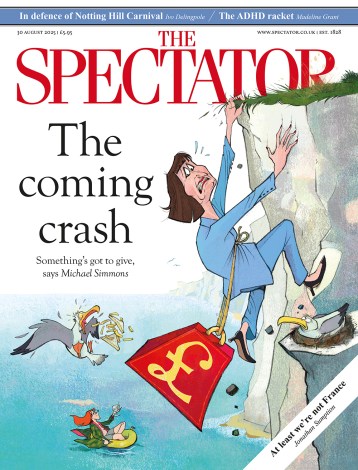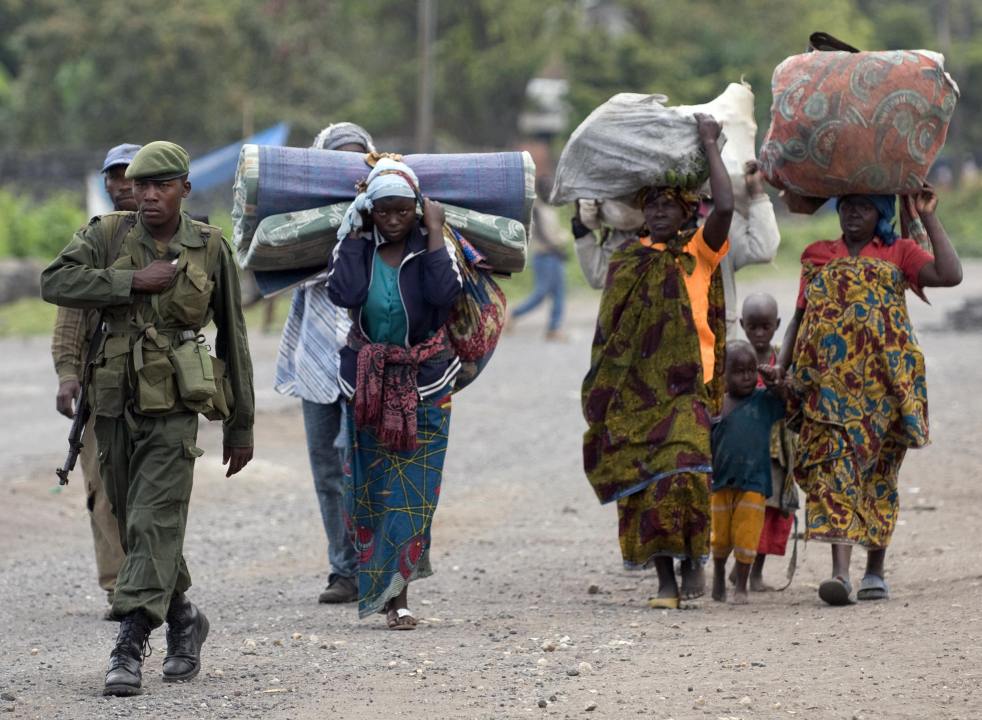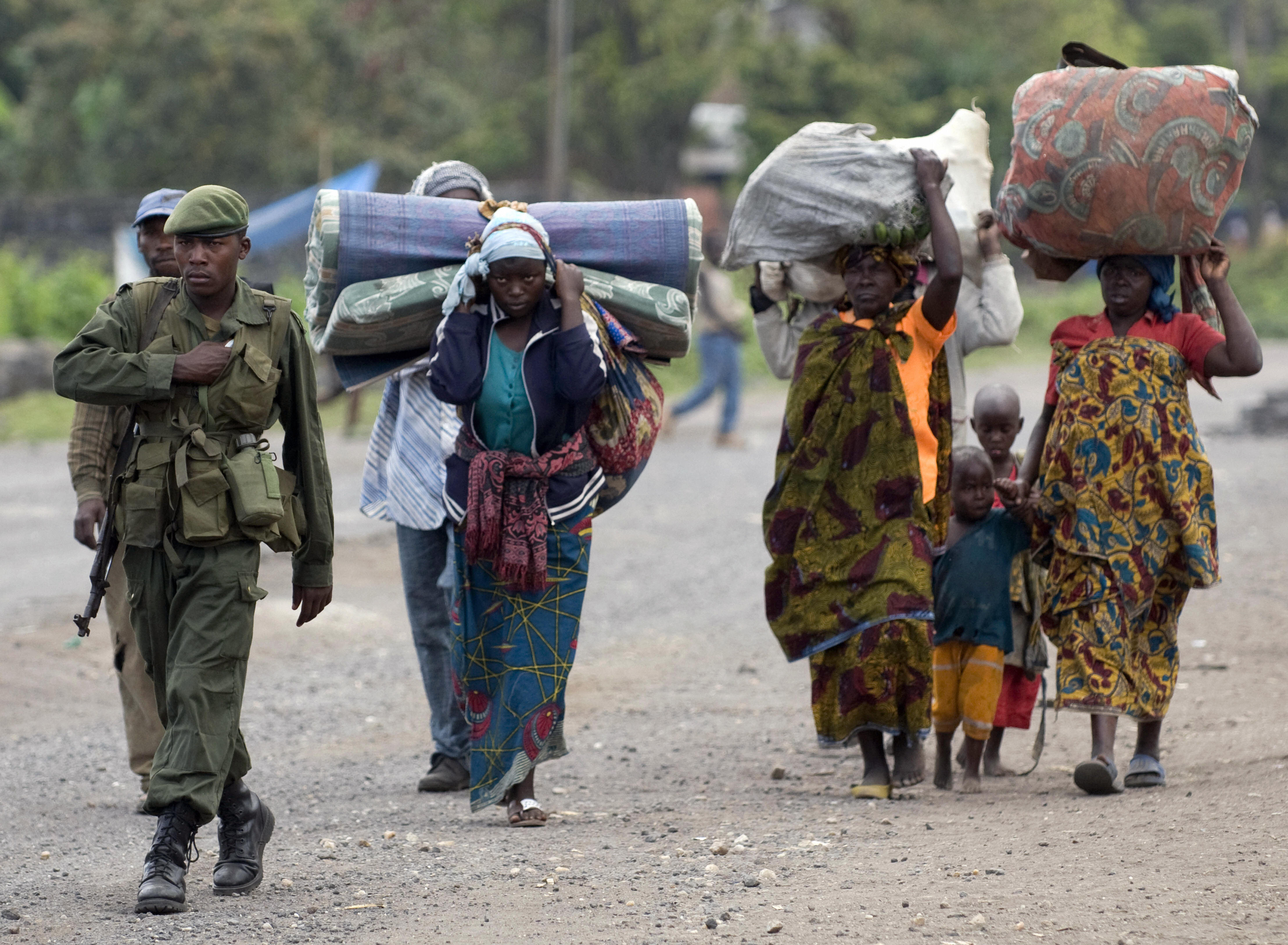 Every time the world seems a little more predictable – and even the most intractable conflicts develop a recognisable if horrifying humdrum – something explodes onto our TV screens to shock and surprise even the most hard-nosed conflict-watchers.
Every time the world seems a little more predictable – and even the most intractable conflicts develop a recognisable if horrifying humdrum – something explodes onto our TV screens to shock and surprise even the most hard-nosed conflict-watchers.
That is what happened when fighting resumed in North Kivu province on October 25 between the Congolese forces (FARDC) and the militia known as the National Congress for the Defence of the People (CNDP), led by former General Laurent Nkunda.
Within only a few days, an estimated 50,000 people have fled from North Kivu’s Rutshuru territory, of which between 20,000 to 25,000 are children. Thousands have arrived in the Kibati refugee camp just north of Goma and are squatting in and around the camps. The UN refugee agency is investigating reports that several camps for internally displaced people have been forcibly emptied, looted and burned. The World Food Programme meanwhile is struggling to deliver food to the displaced.
Once billed as the “tourist capital of Congo”, Goma has more recently become a byword for human misery since the Rwandan genocide forced thousands of Rwandan Hutus across the border, as they fled the Tutsi rebel victory over the Hutu genocidaires. Yet, as the Hutu militiamen kept killing Tutsi through cross-border raids, in 1996 the new Rwandan government invaded Goma to clear the camps of militia men, thus starting years of slaughter in Eastern Congo.
Then came the Congolese Civil War, which officially ended in 2003, but saw fighting continue at a lower-level for years, with tens of thousands of displaced people seeking protection in and around Goma. The total number of displaced in the province of North Kivu now stands at around 1 million out of a population of 6 million.
Having been caught off guard, the international community is now rushing in. David Miliband, the foreign secretary, flew to Congo last night, to join his French counter-part, Bernard Kouchner, to press the Congolese and Rwandan governments to find a political solution to the conflict.
The EU has, for now at least, ruled out a military intervention. But the 27-member bloc has deployed three military missions in Congo since 2005 and while everyone’s forces are currently stretched to the limit – with NATO’s Afghan mission and the EU’s Chad deployment swallowing the majority of troops – the clamour for a military intervention is likely to increase. Humanitarian intervention, pronounced dead by even its erstwhile supporters following the Iraq War, may be revived.
What will be clear is the need to beef-up the international community’s system for anticipating conflicts and emerging humanitarian disasters. In Gordon Brown’s first foreign policy speech, given almost exactly a year ago, he called for “the first internationally agreed procedures to prevent breakdowns of states and societies.”
Yet for all the talk by the Government that it was investing in conflict prevention, everyone here seems to have been caught off guard by the resumption of fighting. Stemming violence like that engulfing eastern Congo is, of course, beyond the gift of a middle-sized nation like Britain. Congo is larger than Europe with fewer roads than Sicily. But the recent crisis has shown that calls for change and cash pledges ring pretty hollow if they are not followed through with sustained action.







Comments